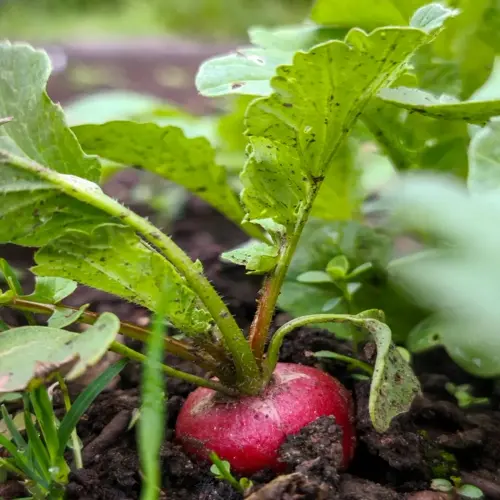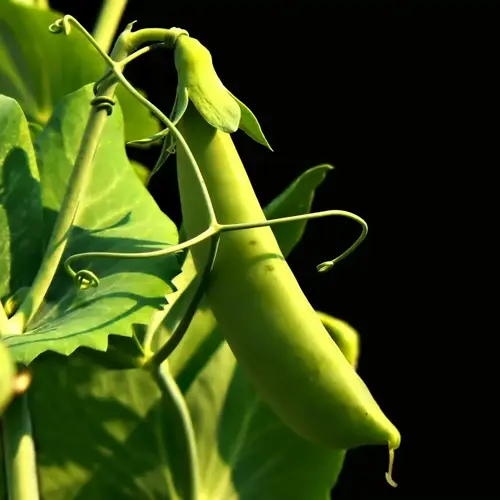Will severely overgrown lavender recover after pruning?

Written by
Liu Xiaohui
Reviewed by
Prof. Samuel Fitzgerald, Ph.D.As for severely overgrown lavender, it can recover beautifully with the right process and a bit of patience. I recently revived several neglected plants using a two-season pruning technique. In the first spring, cut only one-third of the growth. Leave the rest for the next season. This helps the plant avoid shock and benefit from new growth via dormant buds located just above the woody base.
Year One Strategy
- Prune in early spring before bud break
- Remove dead wood completely first
- Cut healthy stems back by one-third maximum
- Shape remaining growth into dome structure
- Apply light organic fertilizer after pruning
Year Two Approach
- Prune remaining overgrowth in spring
- Cut another one-third of original height
- Remove any new dead or crossing branches
- Maintain dome shape for light penetration
- Monitor bud development weekly
Aftercare defines success. I watered manicured lavender very lightly but consistently. About a cup each every 5 days. One application of low-nitrogen fertilizer in early summer, and mulch with gravel to avoid weeds and get adequate drainage. New shoots should appear in 6 weeks. If none are observed, adjustments are needed.
Avoid future overgrowth with routine annual maintenance pruning. I always trim my lavender back every spring, no exceptions. I remove about one-third of the new growth and deadhead old blooms to maintain health and productivity. This gives them shape and prevents the plant from becoming too woody. Well-maintained lavender can last 10-15 years before it gets woody.
Know when to turn to replacement. Even under the best of conditions and dependable maintenance, on average, most plants will start to lose regenerative capacities by the time they are over 12 years old. Even fragile, brittle wood and/or lack of any green foliage are indicators that replacement is necessary. I take cuttings from healthy wood before I remove it. I propagate new plants to sustain my ongoing love for lavender.
Read the full article: When to Prune Lavender for Best Results

